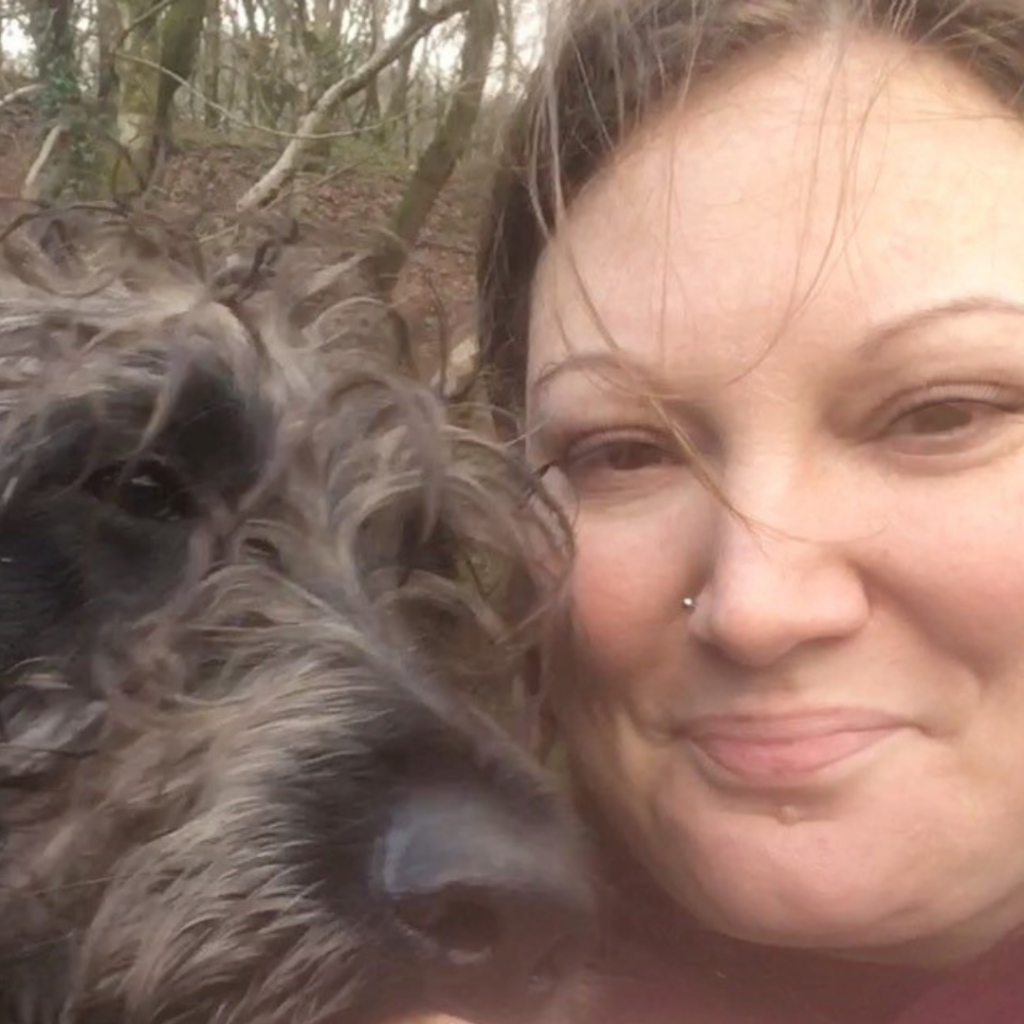Tip Four From the Expert: Teaching each other
From the series 10 Tips on How to Form a Lifelong Bond with your Dog
Classical conditioning
The terminology around how animals learn can be really confusing. The two ways animals learn that we use most in both training and behaviour therapy are classical conditioning and operant conditioning.
Classical conditioning is when a dog makes an association between two events, objects or feelings. You might have heard of “Pavlov’s dog” – an experiment in the 19th Century, which discovered that when a bell rang immediately before feeding dogs they started salivating as soon as the bell sounded. They learned that bell = food.
In behaviour therapy we use a technique called ‘counter-conditioning. This involves changing a negative association your dog may have, for example fireworks = death, into something positive, fireworks = kong full of cheese! This needs to be done very gradually (using ‘systematic desensitisation’) and under the guidance of a professional.
Operant Conditioning
Operant conditioning is the principle that behaviours that produce a good outcome (sometimes called reinforced, rewarded) are more likely to be repeated. And this is the confusing bit, as the terminology seems daft!
In this context positive means giving, and negative means taking away. So positive reinforcement is rewarding behaviour by giving the dog something good and negative reinforcement, contrary to the name, doesn’t mean punishment, it means rewarding behaviour by taking away something bad.

Bear with me, here is an example…
Positive reinforcement is when I give my partner a beer every time he washes up. He washes up more, result we’re both happy. Negative reinforcement is when I play a really annoying song very loud on repeat all day, and only stop when he washes up. He washes up more, we’re both happy!
Negative reinforcement is often used with horses – apply leg pressure until the horse goes faster and as soon as he does, stop. It’s sometimes used with dogs too, for example a head collar puts pressure around the face when the dog pulls and is released when he stops.
So
Behaviours that are punished are less likely to be repeated.
As with reinforcement, punishment can be ‘positive’ – positive, in this case, meaning applying or giving the dog something bad, such as a shout or a horrible noise, and ‘negative’ – taking away something good, such as withdrawing attention ‘time out’.
And behaviours that are ignored usually fade away gradually.
I say usually because some behaviours are self-reinforcing – they feel good and therefore ignoring alone is unlikely to help. For example, if you’re desperate for the loo and you finally get to pee, the relief is a reward in itself. So if your dog is teething and he chews, he probably feels much better. In these cases it’s often about finding creative ways of managing the problem, using distraction or training an incompatible behaviour.
Discouraging unwanted behaviour
On the other hand, it is true that behaviours that are punished are less likely to be repeated. As with reinforcement, punishment can be ‘positive’ – positive, in this case, meaning applying or giving the dog something bad, such as a shout or a horrible noise, and ‘negative’ – taking away something good, such as withdrawing attention ‘time out’. Just because dogs can learn this way doesn’t mean we should teach them this way.
Punishing your dog
I absolutely do not advocate using punishment. Not only can it be dangerous (increasing the dog’s perception of a threat and therefore pushing him or her into aggression) but it just isn’t necessary. For me, good dog training involves understanding things from your dog’s perspective: being clear about what you’re asking and making sure your puppy wants to learn. More information about why punishment should be avoided can be found in Tip Five next week.
Behaviours that are ignored usually fade away gradually. I say usually because some behaviours are self-reinforcing – they feel good and therefore ignoring alone is unlikely to help. For example, if you’re desperate for the loo and you finally get to pee, the relief is a reward in itself. So if your dog is teething and he chews the remote control, he probably feels much better. In these cases it’s often more about:
- finding creative ways of managing the problem, for example, using a houseline (see below). This allows you to change your dog’s behaviour without accidentally rewarding or punishing him or her;
- using distraction;
- training an incompatible behaviour.
The Association of Pet Behaviour Counsellors has a leaflet about using a houseline here.
Again, I’ll explain this in more detail in Tip Five, which continues with the theme of how to reinforce positive behaviour in your dog published next Friday.
Dog-friendly Training
Veterinarian, animal behaviourist, and dog trainer, Dr Ian Dunbar, received his veterinary degree and a Special Honours degree in Physiology & Biochemistry from the Royal Veterinary College (London University) plus a doctorate in animal behaviour from the Psychology Department at UC Berkeley. He is a great advocate of dog-friendly training and explains more about this in the following video featured on TED.
Look out for Tip Five which continues with the theme of how to reinforce positive behaviour in your dog published next Friday.

Rachel Leather – Animal Behaviourist
For the last 12 years, Rachel has been helping others understand and manage the behaviour of dogs, cats and horses. After studying Psychology at Cardiff University, she went on to complete her Masters degree in animal behaviour at the University of Exeter. Rachel then ran a degree programme in Applied Animal Behaviour, teaching others the knowledge requirements to become a behaviourist, and set up a referral clinic to enable her students to gain practical experience of behaviour consultations. She enjoyed this so much that, although no longer lecturing, continues to see behaviour cases on referral from vets and runs CPD classes for vets and other professionals.
You can discover more about Rachel’s professional work here.